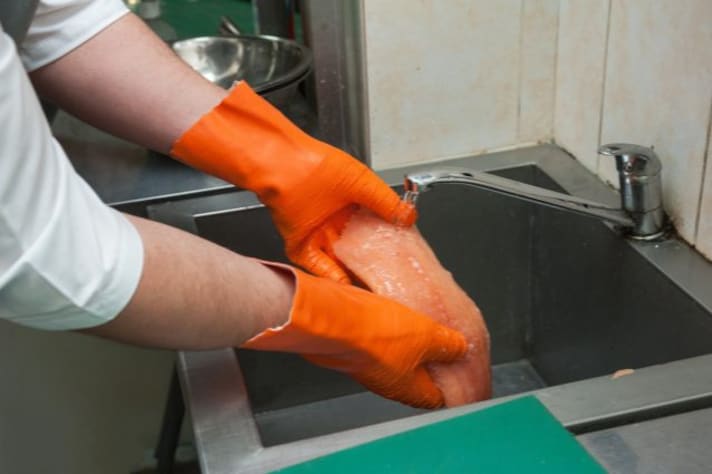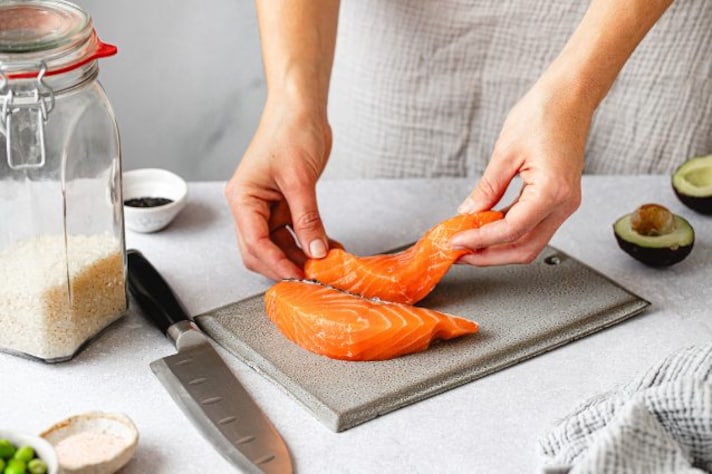Should You Rinse Salmon Before Cooking It?
The question of whether to rinse salmon before cooking is common among home cooks. Read ahead for expert opinions, reasons against rinsing, and proper handling tips to ensure your salmon is clean and safe to cook.

Salmon is a versatile and nutritious fish that is popular in many cuisines. However, a common question among home cooks is whether they should rinse salmon before cooking. Let's see what experts have to say, what are the reasons against rinsing, and the best practices for preparing salmon to ensure it's clean and safe to eat.
Expert Opinions on Rinsing Salmon
The debate about rinsing fish, including salmon, before cooking has been ongoing. Some people believe that rinsing fish can remove bacteria and any residual scales or slime, making it cleaner for cooking. However, many chefs and food safety experts advise against this practice.
Renowned chefs generally advise against rinsing salmon before cooking. They argue that rinsing can remove some of the fish's natural flavors and can even make it more difficult to achieve a crispy skin when cooking. Instead, they recommend patting the salmon dry with paper towels to remove any surface moisture.

Similarly, food safety experts, including those from the USDA, recommend not rinsing raw fish. The primary reason is that rinsing can spread bacteria from the fish to kitchen surfaces, utensils, and other foods, increasing the risk of cross-contamination. Cooking salmon to the proper internal temperature (145°F or 63°C) will kill any harmful bacteria.
Reasons Against Rinsing Salmon
Rinsing salmon can cause water to splash, spreading bacteria to nearby surfaces and utensils. This can lead to cross-contamination, making other foods unsafe to eat. Rinsing can wash away some of the natural oils and flavors of the salmon. These oils are important for the taste and texture of the cooked fish. Proper cooking kills any bacteria present on the salmon. Ensuring that salmon is cooked to an internal temperature of 145°F (63°C) is sufficient to make it safe for consumption without the need for rinsing.

Proper Handling Tips for Salmon
Instead of rinsing, use paper towels to pat the salmon dry. This helps to remove any excess moisture, making it easier to achieve a nice sear and crispy skin when cooking. Before cooking, check the salmon for any remaining scales. Use the back of knife to gently scrape off any scales, being careful not to damage the flesh.
Always use clean utensils and cutting boards when handling raw salmon. This reduces the risk of cross-contamination and ensures a safe cooking environment. Keep salmon refrigerated until you are ready to cook it. If you are not using the salmon within a day or two, consider freezing it to maintain its freshness.
;Resize,width=767;)



